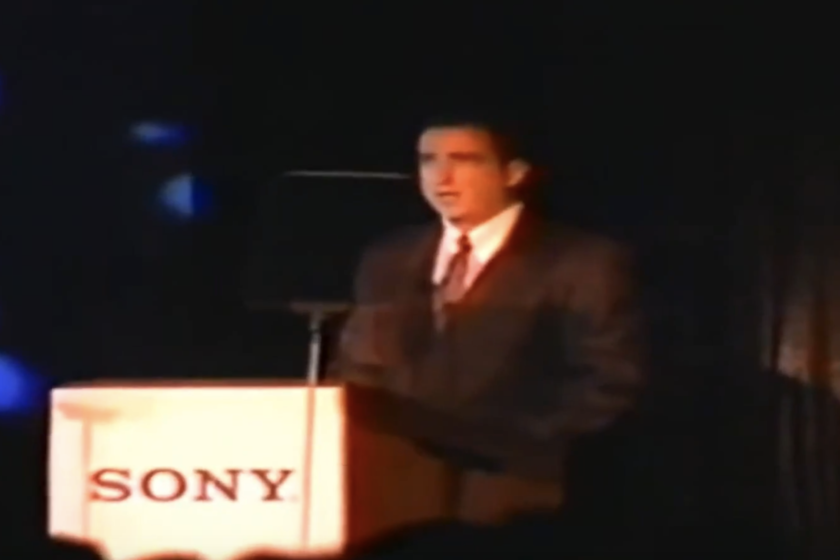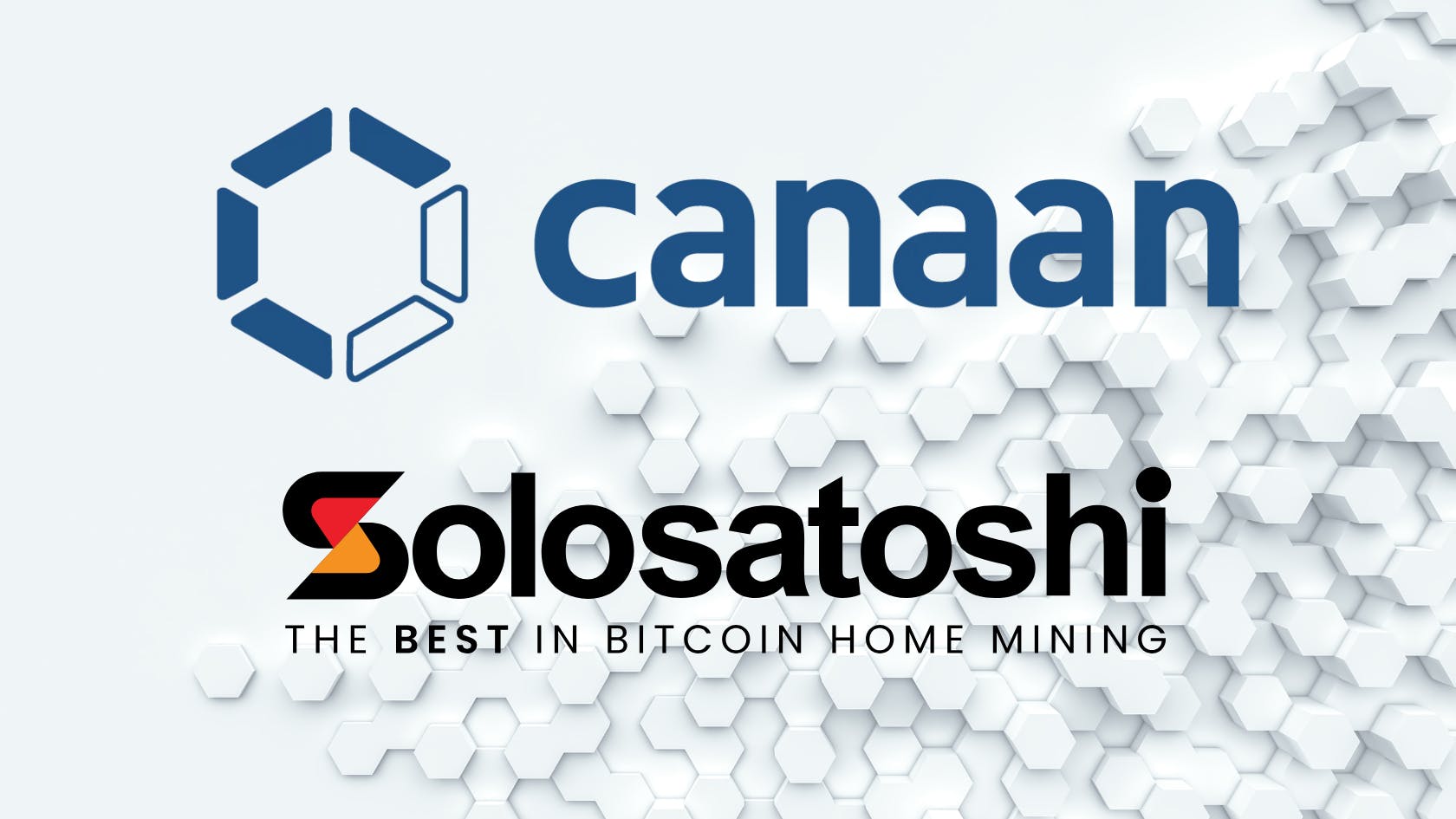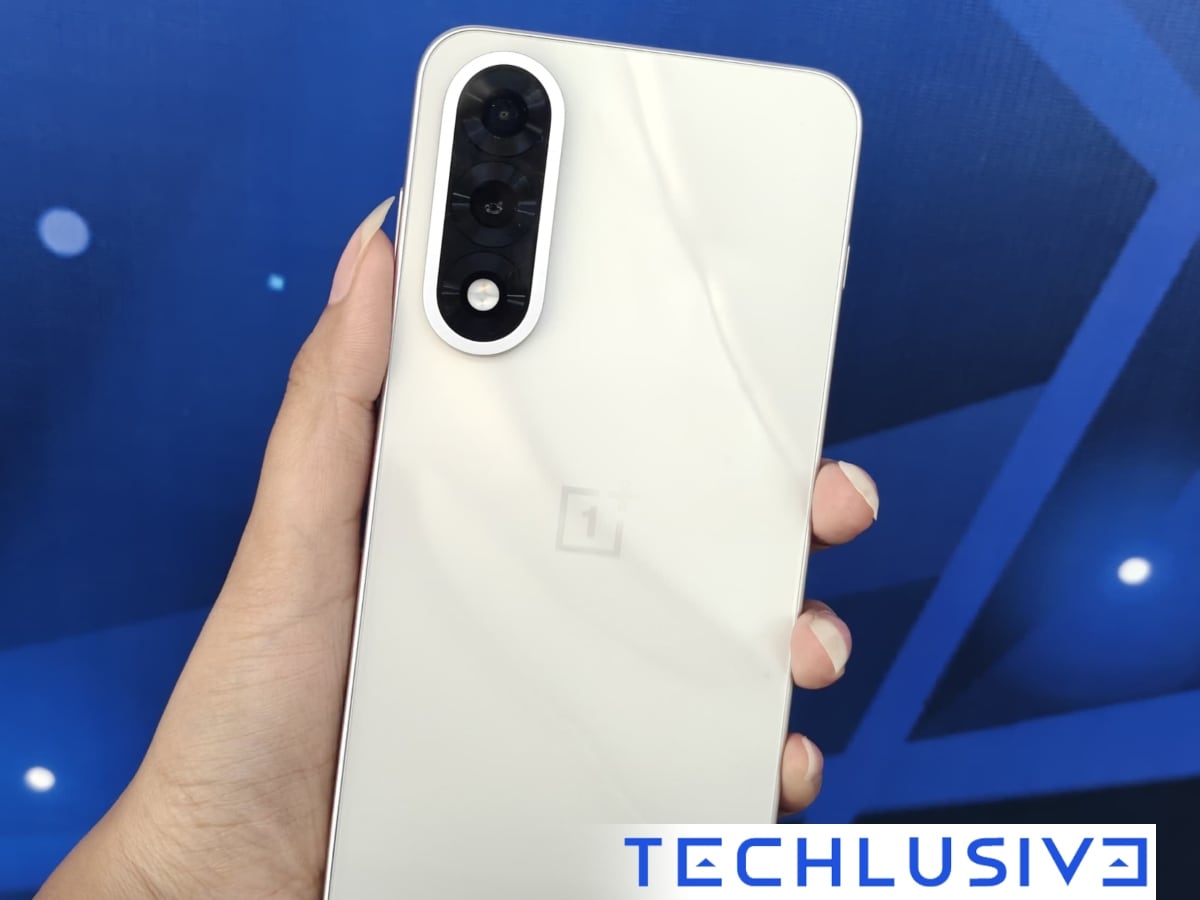On September 29, 1995, many Spanish buyers took a new console, the first of a company known for its camcorders, Walkman, Discman and televisions. 30 years ago, Sony launched the PlayStation in Europe, but before arriving he had already left a victim along the way: Sega with his Saturn.
And everything was forged for two seconds in the first E3 in history with one of the biggest trolleos of video games: that of “299”.
An audio chip has the PlayStation. Before reaching that point, we go with some context. Sony was not a video game company. In fact, within the Japanese giant, few believed they painted something in that segment. However, there was Ken Kutaragi, PlayStation’s “father”. He was seeing his daughter playing family, our NES, when Kutaragi realized the potential of video games. He raised it, but Sony went on the subject.
A few years later, Nintendo needed an audio chip for the Supernes, and there was Kutaragi, secretly working on the design of the SPC700 that contributed so much to the history of video games and the audio of the Nintendo console. He did not end up fired from Milagro, since his bosses enraged when they found out. But well, little by little they were entering and Kutaragi had to be a heavy championship because he got Sony and Nintendo to collaborate in the development of the CD super nes, or the Nintendo Playstation that today is a museum piece.
Nintendo’s betrayal. The problem? Nintendo did not see with good eyes that a company like Sony won power in the world of video games and, just when the great association was going to make the world known, Nintendo hit a flying: he associated with Philips and gave them five of their franchises to do what they wanted. It was Nintendo’s biggest error.
Not only Philips shattered ‘Mario’ and, above all, ‘Zelda’ with tremendously bad games for the CD-I, but also enraged Sony in an unimaginable way. If they were not fully convinced, they were now clear that they should humiliate Nintendo. They got to work and, from that betrayal, the PlayStation was born. Now we had to present it well, and the first E3 in history, that of 1995, was the ideal stage.
… at “299”. Nintendo went with the failure of Virtual Boy under his arm and with rumors of Nintendo 64 (which had a few years of development), but there was another company that did have news: Sega. The other Japanese video game giant would be a stone on the Sony road if things did not do well, and within “doing things well” comes to put an attractive Price. It was the first console, I had to work.
In fact, both were the ones that had to win the most and lose at the fair because they had already launched in Japan, but the price they would mark for the United States would be key. Sega crossed the puddle with his Saturn and announced that it would cost $ 399 (also 399 pounds in the United Kingdom and 79,990 pesetas in Spain). Sony needed a blow of effect, and that was when this moment happened:
THE GREATER TROLLE OF THE VIDEOGUES. What you just saw is well known, but no less shocking 30 years later. After a long speech on the history of the company and about the benefits of both the machine and the CD, a new format at that time, Steve Race, president of Sony América took the stage and, of course, you will imagine that someone like that would rise to give another long monologue. But not.
“Two nine nine”. 299.
And got off the stage.
Those two seconds, followed by applause and cheers, were enough for PlayStation to “win” that first E3. My partner Rafa Márquez already commented in Vidaxtra: the best possible mix between a trolley and a masterful marketing. It was 100 dollars cheaper than Sega Saturn, had the favor of many developers, was a good CD player and there were not only Japanese games, but others very focused on the western public. In addition, it was the fact that everyone was going to highlight, the one who wanted the press and the players.

The tip. It was a master play, but although the story has given a good weight when it came to make Sega stumbled, the truth is that Sega itself had made many merits to end as it ended. To start, Saturn was a face, but also very complicated. The 2D games and Arcade conversions were great, but to squeeze the machine you had to develop for the two processors it had. In addition, the launch in stores was disastrous when produced by surprise.
It was a complication because the tools are not as simple and accessible as today, but on the other side you had a playstation for which it was much easier to develop, in addition to giving some other advantage in Royalties. And with Saturn, but especially with Dreamcast, Sega lived an internal civil war between the divisions of the United States and Japan. That is, the “299” was a push that accelerated the fall of the company, but that Sega did not need anyone to stagger.

History. In the end, the market put each in its place. For less than ten million Sega Saturn, Sony placed more than 100 million of that first playstation. Only ‘Gran Tourism’ sold more than Saturn herself and, although Nintendo was better with the almost 33 million Nintendo 64 sold, she was late and with cartridges, losing the favor of companies such as Square Enix and many other developers who saw that the CD was a more favorable format.
That “speech” of Race is medium history, but also of marketing and one of my favorite moments in these video game presentations. As a curiosity, as we are condemned to repeat history, in 2014 something similar happened with results, again, favorable for Sony. Microsoft announced that its Xbox One would cost $ 499.
A day later, Sony repeated the play by lowering the barrier with PlayStation 4. and took the generation again.
In WorldOfSoftware | La Loca, crazy idea of satellite video game: the Nintendo project that anticipated the future of streaming











